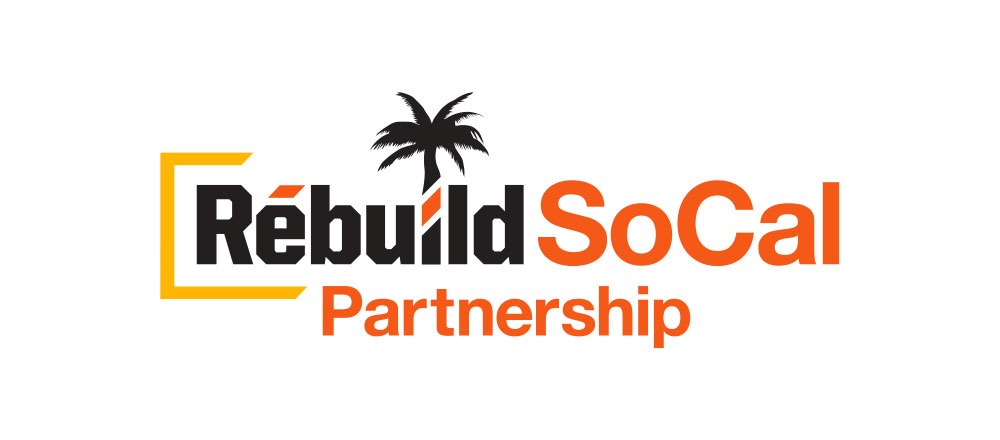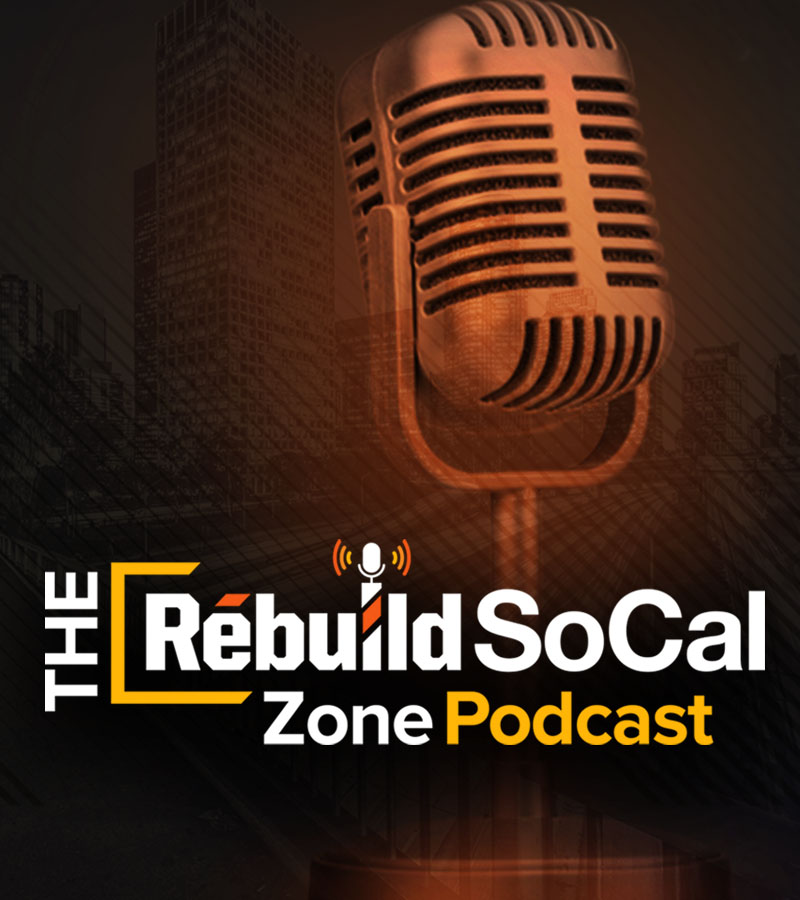Guide to Los Angeles Public Transportation
The Los Angeles County Metropolitan Transportation Authority (L.A. Metro) is one of the largest public transit systems in the country, with a 1,433 square mile operating area and 105 miles of urban rail service. Expanding light rail lines and a shift toward all-electric bus fleets offer more climate-friendly options for passengers.
L.A. Metro offers numerous transportation alternatives that allow residents and visitors alike to get around Los Angeles without a car. Perhaps no one knows the ins and outs of L.A.’s public transportation better than publicly recognized transit advocate Kenny Uong. We tapped him for some of the best tips about getting around using L.A. Metro. Here’s his insight:
Fares
Before you start your journey, it’s essential to purchase a TAP Card. While it’s possible to pay with cash, you need exact change to board the bus or train. A reloadable TAP Card makes your ride more convenient. Uong says riders can purchase TAP Cards at Metro stations and customer centers as well as some local libraries and supermarkets.
The cost of a regular fare is $1.75, but it’s important to remember that more than half of Metro riders qualify for some type of discounted fare. This includes seniors (62+), students, people with disabilities, and low-income passengers.
Plan your trip
Start by checking Metro’s system map. Uong says he then references Google Maps because it’s possible to plug in your destination and get several different routes. This is especially helpful if you’re going through SoCal and will use other agencies such as Long Beach Transit, Santa Monica’s Big Blue Bus, or the Burbank Bus, for example. The TAP Card can be used on 26 different transit agencies in Los Angeles County.
One of Uong’s biggest travel tips: get the Transit App. Not only will it provide real-time information on arrival times for buses and trains, but it is also helpful for navigating the modes of transportation.
For first-timers who are deciding to leave the car at home, the app provides info on how long it will take to get where you want to go. Uong says transit riders should give themselves an additional hour (depending on the route) and take frequent bus stops into consideration for total travel time.
Taking the train? Uong reminds passengers that as a train arrives at the platform, the stairs and/or escalator are usually right where the middle cars stop. Thus, those middle cars are often full. He suggests moving to the end of the platform and entering the first or last car to find a seat.
There are currently 93 stations along Metro’s rail line. Uong’s favorite is the B line stop at Hollywood/Vine below the iconic intersection of Hollywood Boulevard and Vine Street. “It’s really beautiful,” he notes, “there are empty film reels on the ceiling, and it makes references to various films; there are yellow tiles on the platform like the yellow brick in “The Wizard of Oz.”
First / last mile
People who are hesitant about using public transportation cite the first / last mile issue. Studies show most people in the United States are “comfortable” walking less than a quarter-mile to or from public transit. Metro, like many other transit agencies across the U.S., has developed numerous options to solve the problem for commuters via:
- Metro Bike Share
- Dockless electric scooters such as Lyft, Bird, and LINK
- Metro Micro
Uong has used Metro Micro, the on-demand rideshare currently servicing seven different service zones across Los Angeles County. The $1 ride can be paid via TAP Card or credit card, and rides must begin and end within each zone. For his first/last mile, Uong says he usually brings along a kick scooter that folds and is easily carried onto the bus or trains.
Long distances
Uong was born into a family that has relied on public transportation, and he’s been riding Metro since he was an infant. He says no matter where he’s wanted to go in SoCal, he has found it possible to do via public transportation, including two of his longest trips. The first was to San Diego. He purchased a $10 Metrolink weekend pass instead of a more expensive Amtrak ticket. Traveling from his home in Glendale it was only necessary to make three transfers. (That same trip with a car would not only cost at least $10 in gas, but an additional $10 to $30 in parking fees.)
Uong also went north to Bakersfield “just to see if it was possible.” Indeed it was. His trip involved only two bus transfers, but he admits that he had to start his morning travels at 5 a.m. to arrive by 10 a.m. “I could have taken Greyhound” and shortened his travel time.
For other Angelenos interested in venturing beyond the city limits to Orange, Riverside, or Ventura counties, Uong suggests connecting to Metrolink. The EZ transit pass program allows Metrolink riders with valid tickets unlimited free rides on Metro any time, on any day and to any station.
All aboard
L.A. Metro is expanding lines and making upgrades for better travel experiences. Uong says he’s most excited about the Regional Connector Transit Project. Expected to .open in 2022, it will connect north/south and east/west lines. Thus, providing riders a seamless journey from Azusa to Long Beach, and from East Los Angeles to Santa Monica, through downtown L.A. without transferring at Union Station. The project includes three new underground stations and extends from the L Line in Little Tokyo and Arts District communities to the A and E lines at 7th Street/Metro Center Station.
For today’s commuters, Uong recommends that for these locations — where parking is extremely challenging and expensive — forego the drive and opt for public transit:
- Downtown L.A. – “You can connect to everything at Union Station and access the rail line and buses.”
- Santa Monica Pier – “The E Line drops you walking distance from the Pier; use the TAP Card to get the Big Blue Bus to other parts of Santa Monica or to Venice.”
- Hollywood Boulevard – “This is a major tourist attraction. The (B) Red Line subway runs under the boulevard from downtown to landmarks like the Pantages Theater, Amoeba Music, the Walk of Fame, and the Dolby Theater at Hollywood and Highland.”
Stay up-to-date on L.A. Metro improvements and other important infrastructure issues by signing up for the Rebuild SoCal Partnership newsletter. Follow us on Facebook, Twitter, and Instagram, and listen to The Rebuild SoCal Zone podcast.

